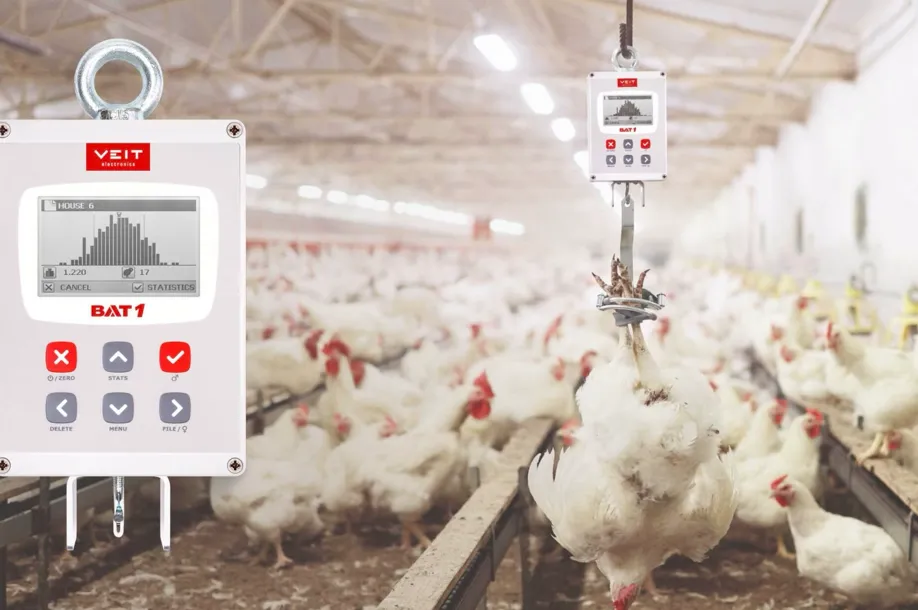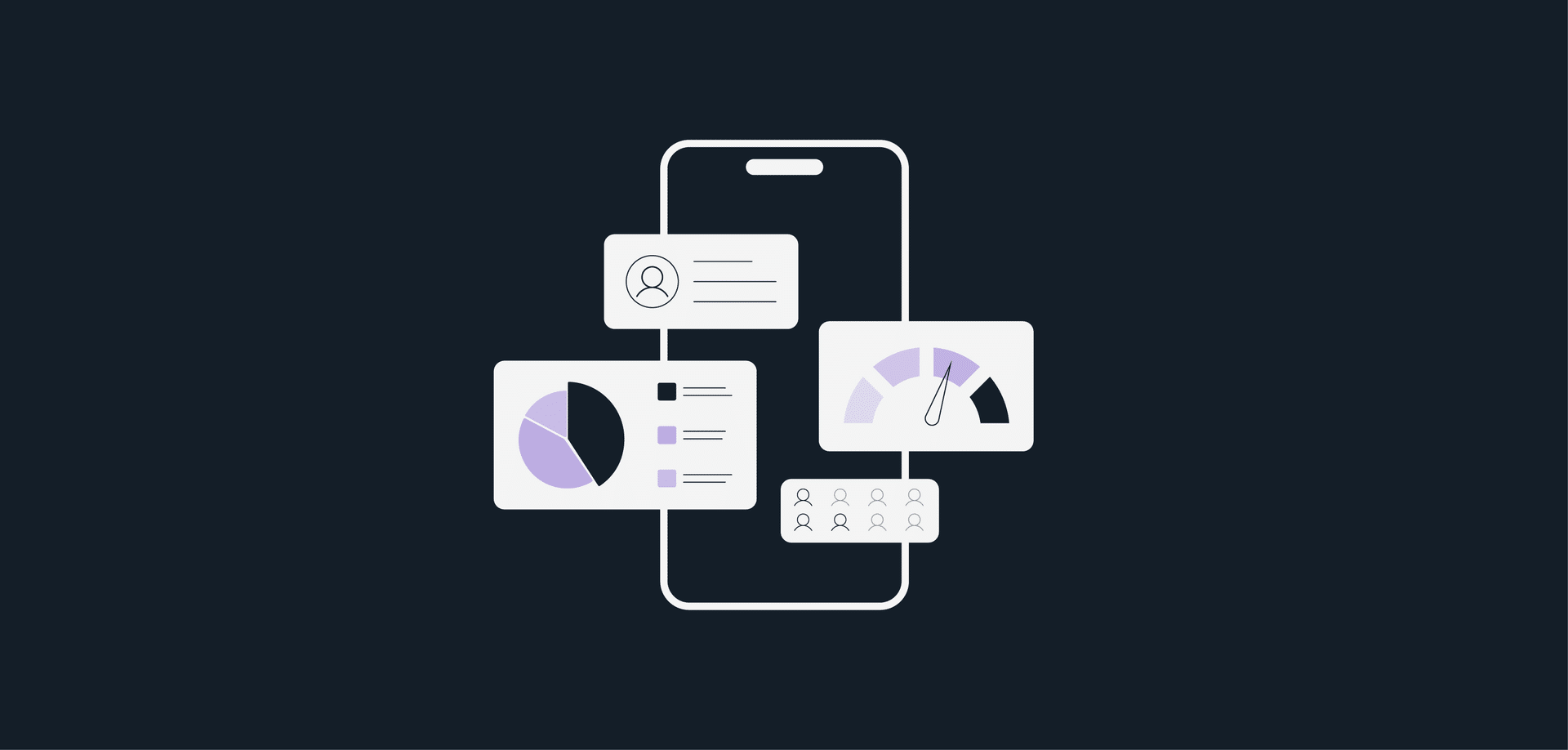Are you new to NAS storage? Fret not! Welcome to the beginner’s guide to understanding NAS (Network Attached Storage). In this guide, we will discuss everything related to NAS! For those who may not know, NAS is a critical component in modern data management.
It plays a pivotal role in securely storing and managing data across a network, making it an indispensable tool for both personal and business use. Throughout this guide, we will coverNetwork Attached Storage and its importance, exploring its benefits, functionality, key features, and more. So, if you’re new to the concept or looking to enhance your knowledge, this guide will provide valuable insights into NAS. Let’s begin!
What is NAS?
NAS operates as a dedicated file storage server that is connected to a network, allowing multiple users and client devices to access and store data. It is a specialized device with its own operating system and management interface, designed to provide centralized data storage and access services to the network. NAS systems typically run on a simplified version of Linux and are managed through a web-based interface, making it easy to configure and maintain.
Differences Between NAS and Traditional Storage Solutions:
We often mistake NAS for Traditional Storage. However, there are some major differences that need to be addressed beforehand:
- NAS is designed for network access, enabling multiple users to access files simultaneously. On the other hand, external hard drives are typically used for single-computer access.
- NAS often includes features such as data redundancy, backup capabilities, and remote access, which are not typically found in external hard drives.

Key Components of a NAS System:
Here are a few components that’ll help you grasp the concept of NAS better:
- NAS (Network Attached Storage) systems have both hardware and software parts.
- The hardware includes storage drives and the NAS enclosure.
- NAS systems can have different configurations, from single-drive to multi-bay setups.
- The software part includes the operating system for managing storage and files.
- NAS systems may also have apps for tasks like data backup, media streaming, and remote access.
Benefits of Using NAS
Want to know some more benefits of Network Attached Storage before making an accurate decision? Here’s what you need to know:
Centralized Storage for Multiple Users and Devices
The Network Attached storage provides a centralized storage solution to access and store data in one location. This promotes collaboration, simplifies data management, and ensures easy access to files for all authorized users.
Easy Access to Data from Anywhere on the Network
The best thing about using NAS is that it facilitates seamless access to data from any location within the network. Users can retrieve and share files, documents, and media content with ease, promoting productivity and efficient workflow across the organization.
Data Backup and Redundancy Features
NAS systems often include robust data backup and redundancy features, such as automatic backups, and RAID configurations. These capabilities enhance data protection, minimize the risk of data loss, and ensure business continuity in the event of hardware failures or data corruption.
Scalability for Growing Storage Needs
NAS solutions offer scalability to accommodate growing storage requirements. Users can easily expand storage capacity by adding additional hard drives or upgrading to larger drives, ensuring that the system can adapt to the evolving needs of the organization.

Common Use Cases for NAS
Here are some common use cases for NAS that you should know about:
Home Use
In a home environment, NAS devices are commonly used for media streaming, file sharing, and backups. They provide a centralized storage solution, allowing family members to easily access and share multimedia files such as videos, music, and photos. Additionally, NAS devices offer a reliable backup solution for safeguarding important data and documents.
Small Business Applications
NAS serves as an essential tool for small businesses, supporting collaborative work and providing shared storage for employees. It facilitates seamless file sharing, ensuring that all team members have access to the latest versions of documents and projects. Furthermore, NAS enables remote access, allowing employees to retrieve and store data from anywhere, promoting flexibility and productivity in today’s mobile work environments.
Digital Asset Management for Creative Professionals
For creative professionals such as photographers, videographers, and graphic designers, NAS serves as a powerful digital asset management solution. By storing large media files on a NAS device, creatives can easily organize, access, and share their work, thereby streamlining their workflow and improving overall productivity.
In essence, whether at home or in a professional setting, NAS devices play a pivotal role in simplifying data storage, access, and collaboration, thus enhancing efficiency and convenience in various use cases.
Key Features to Look for in a NAS
When considering a Network Attached Storage (NAS) device, it’s essential to look for the following key features:
- Storage Capacity and Expandability: Ensure the NAS provides enough storage space for your current and future needs. Look for options to easily expand storage capacity if required.
- Security Features: Encryption and user permissions help protect your data. Ensure the NAS has robust security features to safeguard sensitive information.
- Performance Specifications: Check the processing power and RAM to ensure it meets your speed and multitasking needs. This is especially important if you plan to use the NAS for tasks like media streaming or heavy file transfers.
- User-Friendly Interface and Management Tools: A user-friendly interface and intuitive management tools make it easier to set up and maintain the NAS. Look for features like drag-and-drop file management and easy access to settings.
Considering these key features when choosing a NAS can help ensure that it meets your storage, performance, usability, and security requirements.

Where to Purchase the Best NAS Devices?
UGREEN offers versatile NAS (Network Attached Storage) solutions, which are ideal for home media and even small business use. Here are the top three models you can choose from:
UGREEN NASync DXP2800: NASync DXP2800 is equipped with a 12th-gen 4-core processor and supports up to 52TB of storage. It offers a 2.5GbE port with speeds up to 312.5MB/s, ideal for smooth media streaming and data backup.


NASync DXP4800: The NASync DXP4800 offers similar features, including 96TB storage and a 12th Gen 4-core Intel® Processor. It includes dual 2.5GbE ports for speeds of up to 625MB/s, making it a cost-effective choice for small businesses needing fast file access.


NASync DXP4800 Plus: The NASync DXP4800 Plus is powered by a 12th Gen 5-core Intel® Pentium® Gold Processor, enhancing processing speed and efficiency. With four SATA and two M.2 NVMe drive bays, it supports up to 96TB of storage. Its 10GbE and 2.5GbE network ports enable lightning-fast downloads at speeds up to 1250MB/s.


Conclusion
We have highlighted the numerous benefits of NAS storage, including data centralization, easy access, and data redundancy. Whether for personal or business use, NAS provides a reliable and scalable storage solution. We strongly encourage exploring NAS options, particularly UGREEN NAS devices, for their efficient and innovative features. As NAS technology continues to advance, it is evident that UGREEN NAS devices and others alike will be at the forefront, shaping the future of data storage with their cutting-edge capabilities.






